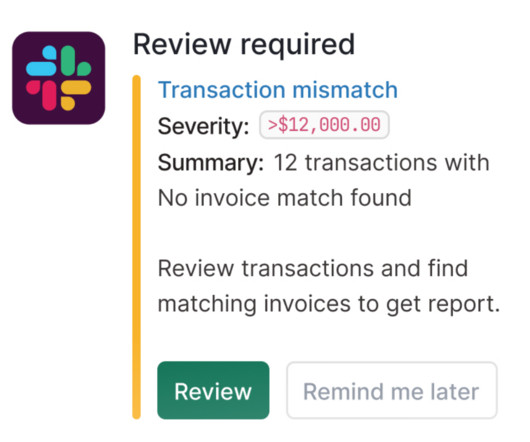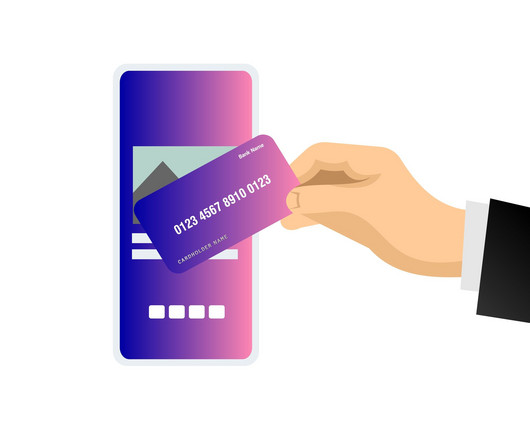Expense Reconciliation: Step-by-Step Guide
Nanonets
MAY 7, 2024
The Importance of Expense Reconciliation Expense reconciliation holds significant importance in the realm of finance and accounting for several reasons: Financial Accuracy : One of the primary reasons for expense reconciliation is to ensure the accuracy of financial records.












Let's personalize your content